We’ve talked before about VAT and its importance to business. This addition onto the prices of goods and services makes up a large amount of business finance, and national finance too.
As such, the changes to VAT penalties and interest that have just come into force (as of 1st January) should be big news to any businesses that pay VAT, in all sectors.
In this post, we’ll run down the top 5 things you need to know about the changes to HMRC’s revised VAT penalty regime from January 2023 and what it means for how you handle your business’ finances.
1. There won’t be a default surcharge
This is how the scheme for charging VAT penalties works at the moment. Though it’s arguably easier to understand than the incoming system with its multiple tiers, it was criticised for having a “one-size-fits-all” approach. This meant that businesses who paid their VAT a day late were treated the same as companies who miss payments repeatedly – even if that slightly late payment was outside of their control. HMRC hopes that this new system will be fairer to those companies, while continuing to penalise repeat offenders.
2. The new late filing system will be points-based
The way this works is similar to points for driving offences. Businesses will get one point for each missed penalty – once the total number of points reaches a certain threshold, a fixed £200 penalty will be charged.
What that threshold is depends on how often the taxpayer files their VAT returns.
A period of compliance allows for the points total to be set to nil, as follows:
| How often VAT is submitted | Points Threshold | Period of Compliance needed to reset points |
| Annual submissions (e.g. Self Assessment returns and VAT annual accounting) | 2 points | 24 months |
| Quarterly submissions (e.g. Quarterly ITSA updates and most VAT returns) | 4 points | 12 months |
| Monthly submissions (e.g monthly VAT returns) | 5 points | 6 months |
3. Late penalty amounts decrease depending on how early you pay
Keeping with the new scheme’s theme of being fairer for companies, late payment penalties will now be more detailed – decreasing based on how soon you pay.
| Penalty | Days after payment due date | Penalty charge |
| First penalty | 0-15 | No penalty |
| 16-30 | 2% of what was outstanding on day 15 + 2% of what’s still outstanding on day 30 | |
| Second penalty | 31+ | Calculated at 4% per year for the duration of the outstanding balance. |
The HMRC also confirmed that Time to Pay (TTP) arrangements will continue to work as they have before, allowing taxpayers a little breathing room if they genuinely can’t make payments on the specified date.
4. Interest will also change
The repayment supplement is also being phased out for VAT periods on or after 1st January 2023. Its replacement is repayment interest. Customers making repayment claims will be paid by HMRC from the day after the due date, or the date of submission (whichever’s later), to the date the repayment is made.
5. Soft landing
If you’ve only just heard about this, don’t panic – during the first year of the scheme, HMRC has said it won’t charge a first late payment penalty during 2023, as long as businesses pay in full within 30 days of the payment due date.
Additionally, all businesses will start with a ‘clean slate’ – meaning that even if you have had surcharges under the old scheme, these won’t be carried over as points on the new scheme.
If you want to find out more about the new VAT penalty regime for 2023, you can visit the government’s website to watch videos and sign up for webinars explaining the changes.
Investing in software means you can get your VAT returns in on time, every time. Contact PKF Smith Cooper Systems today and see how Sage can help.
Interested to know more about our Sage solutions?
Call 01332 959008 or enquire online today
"*" indicates required fields

